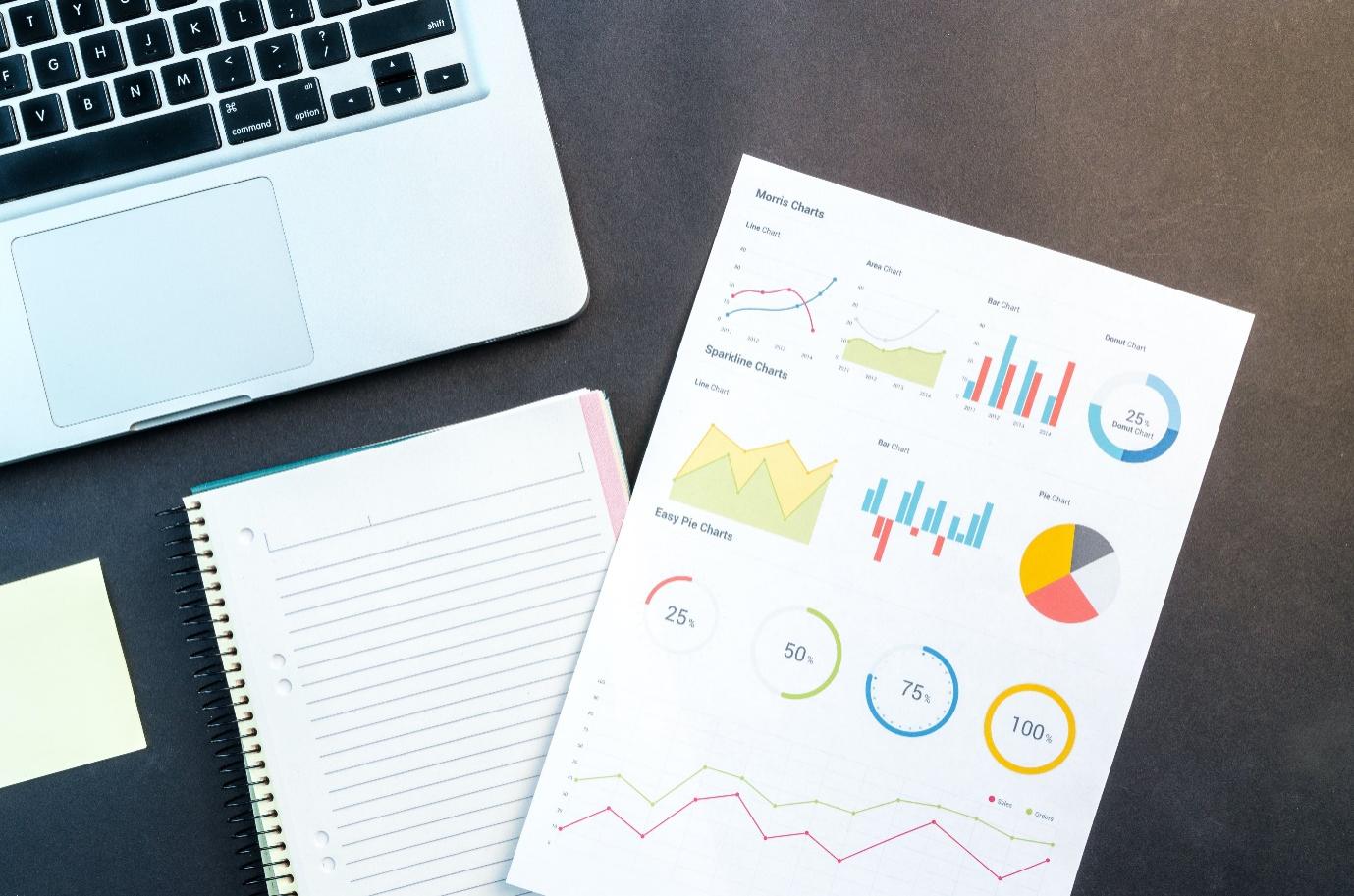Cracking the Code: Understanding PMI Data and Its Economic Impact
Jan 18, 2024 By Triston Martin
Welcome to PMI data, where numbers tell the tale of economic trends through the Purchasing Managers' Index. The primary objective of PMI is to inform investors, analysts, and decision-makers within the company about the state of the business both presently and in future years. In this guide, we'll demystify PMI data, offering a simplified perspective on its importance and how it influences our understanding of the economic landscape.
What is PMI Data?
A purchasing managers' index, or PMI, is a measure of business activity in the manufacturing and service industries. This survey-based measure inquires about how people's opinions of a few important business features have changed from the previous month. Following separate calculations for the industrial and services sectors, a combined index is created. The PMI's diffusion index captures whether market conditions are expanding, stabilizing, or contracting from purchasing managers' perspectives. PMI data, or the Purchasing Managers' Index, is a crucial economic indicator revealing sector health.
How Does the PMI Work?
Organizations, including the Institute for Supply Management, conduct monthly surveys with purchasing managers across sectors, covering new orders, production, and employment aspects. Collected responses calculate an index on a scale of 0 to 100. PMI above 50 indicates expansion, below 50 suggests contraction, with stability near 50. A rising PMI signals growth, while a declining PMI hints at potential contraction. Distinct PMI indices for manufacturing and services provide sector-specific insights.
Since the PMI is a diffusion index, it evaluates changes in a variety of indexes. For identifying economic trends, such as jobless rates, a diffusion index is quite helpful. The PMI could be related to whether economic conditions are better or worse for the companies surveyed. The technique used to calculate the PMI assigns weights to each common factor, followed by multiplying them by 1 for expansion, 0.5 for no change, and 0 for regression.

Why Does PMI Data Matter?
Why PMI data is of great importance? Let’s have a look!
Leading Indicator
PMI data is a predictive economic indicator, offering a sneak peek into economic conditions before official reports emerge. This early insight is a warning signal for possible changes in the business cycle. It's like getting a preview of the economic movie before it hits the big screen.
Impact on Financial Markets
Financial organizations and investors carefully monitor PMI data. This directly affects investment choices and the market's mood as a whole. It influences investors' perceptions of the state of the economy and their choices to purchase or sell assets by forming market sentiment.
Employment Trends
PMI data offers valuable insights into employment trends. A rising PMI is a positive sign, suggesting increased hiring in various sectors. On the other hand, a declining PMI may signal the possibility of job losses. In such cases, businesses might be scaling back, impacting employment prospects.
Timeliness
PMI provides real-time insights into evolving economic trends. Its timely nature is invaluable. This quick access to relevant data allows for informed decision-making, ensuring stakeholders can promptly adjust strategies and actions in response to the dynamic economic landscape.
Uses of PMI

For a variety of industries, the PMI and important data derived from the ISM's monthly surveys are essential instruments for making decisions, including investors, suppliers, and management.
Corporate Managers
The monthly PMI results can be used by management to inform important choices regarding their own companies. For example, a car manufacturer plans its output according to the additional orders it predicts from clients in the upcoming months.
The leadership's decisions about the procurement of numerous component parts and raw materials, including plastic and steel, are influenced by these new orders. The amount of output the company must finish in order to fulfill new orders and maintain a certain amount on hand at the end of the month is also determined by the balances of existing inventory.
Manufacturers
Supplier choices are also influenced by the PMI. A manufacturer's components supplier uses the PMI to estimate how much demand there will be for its products in the future. In order to determine how much output its clients must produce, the supplier also wants to know the amount of stock its customers currently have on hand.
The prices that providers can charge are influenced by PMI data regarding supply and demand. Therefore, if the manufacturer is receiving more and more orders, it might raise customer prices and allow supplier price hikes. On the other hand, if the manufacturer experiences a decrease in new orders, it could need to reduce its costs and demand a lower cost for the items it buys. A business can utilize the PMI to assist in creating its yearly budget.
Investors
Since the PMI is a leading indication of economic circumstances, investors can also benefit from it. Changes in the trend of the PMI usually happen before shifts in the trend of other important measures of economic activity and output, like the GDP, employment, and industrial production. Keeping an eye on the PMI's value and fluctuations might provide useful data about emerging trends in the economy as a whole.
Investors often monitor PMI data to assess the state of the economy. An elevated PMI has the potential to increase investor confidence, resulting in a rise in stock and bond investments. Investor concern may increase in response to a low PMI.Top of Form
Conclusion
As we conclude our journey through PMI data, recognize that it transcends mere numbers on a chart; it serves as a window into the economic landscape. Whether you're an investor, a business owner, or just someone interested in economic trends, understanding PMI data enables you to make informed decisions in a dynamically evolving environment.
The next time PMI data is discussed understand that it's not just data; it's a key that unlocks the secrets of the economic engine propelling our global markets. It provides valuable insights, enabling you to confidently and adaptably navigate the dynamic economic terrain.





